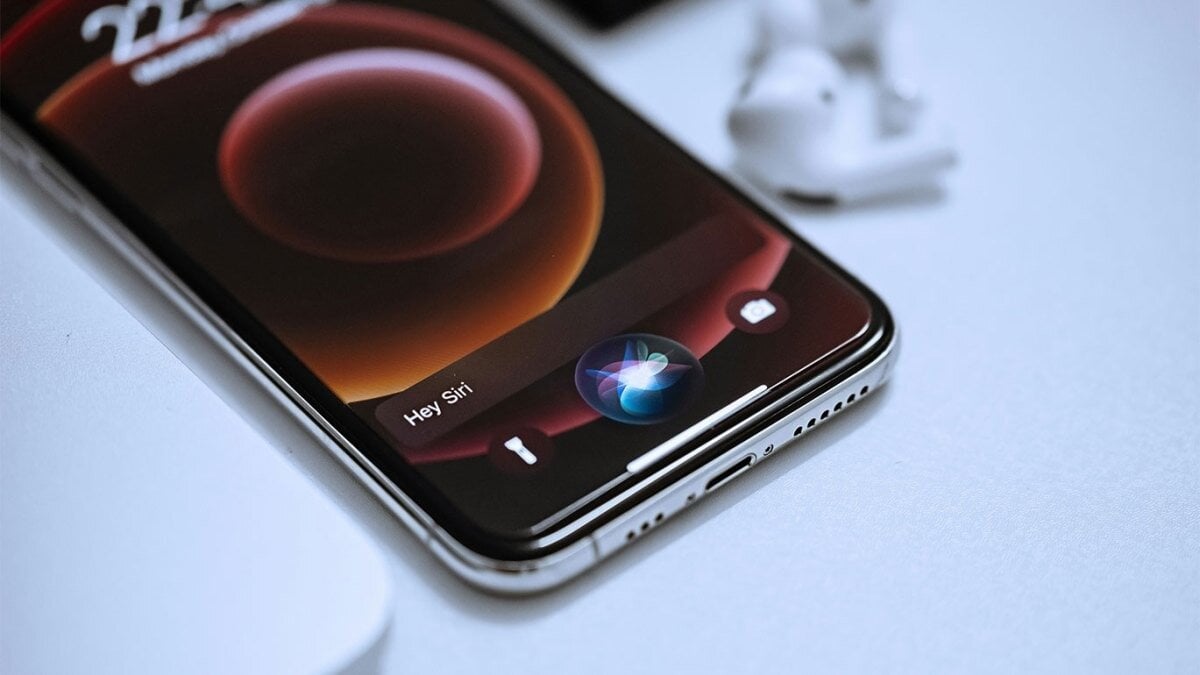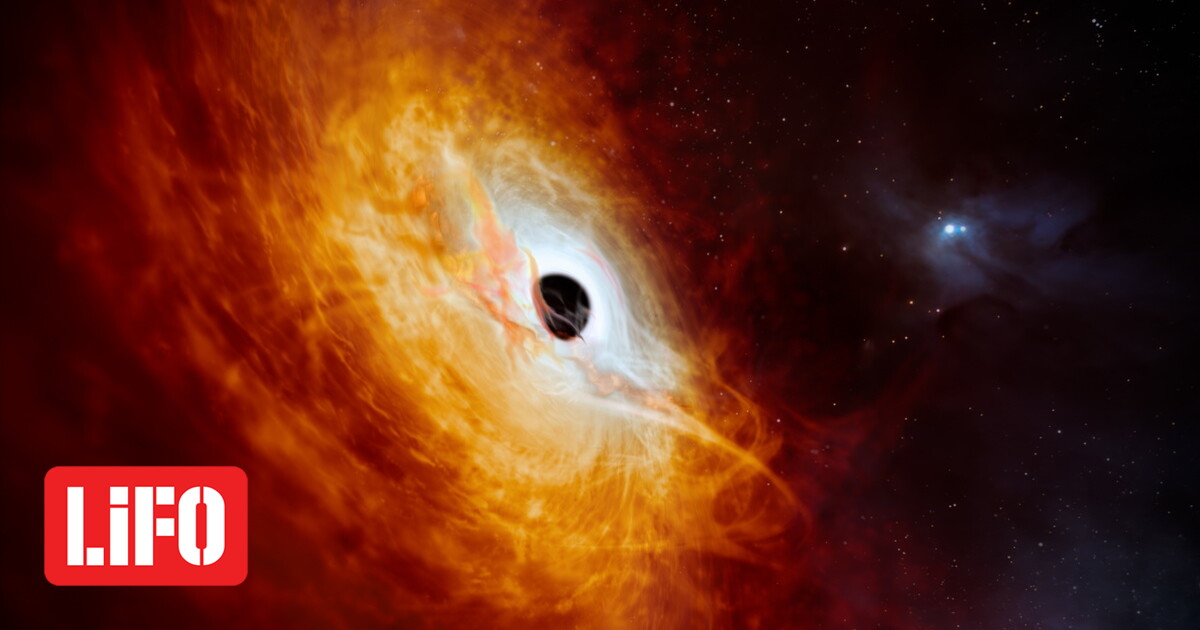
At the end of 2021, the first test mission for the Artemis program was conducted, and NASA described it as successful. The SLS, the new rocket launch system, and the Orion spacecraft performed nearly flawlessly during the unmanned mission, which took Orion around the Moon and then back to Earth, laying the groundwork for the Artemis 2 mission, the first crewed mission in the new program. . Of the US Space Agency.
However, one aspect of the mission that did not live up to expectations was how Orion's heat shield interacted. As the vehicle sped through Earth's atmosphere at the end of the mission, the heat shield was damaged by the massive temperatures generated by friction in a way that computer models had not predicted.
In addition to falling out with more material than expected, the way the shield eroded during Orion's reentry was somewhat uneven, according to NASA officials. Orion's heat shield is made of a material called AFCOT, which gradually peels off as the spacecraft returns at 40,000 kilometers per hour. Upon its return from the Moon, Orion experienced temperatures of up to 2,760 degrees Celsius, hotter than a vehicle returning from low Earth orbit.
Orion, safely docked in the Pacific Ocean. The issue was discovered during post-shipment checks.
NASA is still investigating the issuewanting to understand exactly what happened before the second mission, which will take astronauts Reed Wiseman, Victor Glover, Christina Koch and Jeremy Hansen on a 10-day mission to the dark side of the moon, is greenlit.
This will be the first time humans have been close to the Moon since the last Apollo mission in 1972. In January, NASA announced that it would postpone the mission from late 2024 until September 2025, mainly due to pending research into what happened to the Moon. Heat shield.
In their previous statements, NASA engineers estimated that they would not make changes to the heat shield, but this possibility has not been ruled out. However, any redesign or modification would delay the Artemis II mission for at least an additional year.
Engineers are currently studying all the possible paths Orion could take when it reenters the atmosphere at the end of the Artemis 2 mission. At the end of the test mission, Orion reentered the atmosphere, briefly moved back toward space and in the third stage carried out a final descent to land at sea. The burned material began to peel off the heat shield upon its first contact with the atmosphere. Now, NASA wants to calculate how the heat shield will behave in all possible scenarios for the next mission.
Eventually, NASA will begin building what is called a “flight rationale.” It's basically the process by which NASA officials are convinced that it is safe to go ahead with a launch.
Meanwhile, the US space agency is preparing the rocket system, which so far appears to be at a more advanced stage than Orion's preparation. The main body is ready, and all four RS-25 engines are installed. NASA is keeping the rocket system at its facility in Louisiana until it is needed at the Kennedy Space Station's Vessel Assembly Building (VAP).
All propulsion parts are already in place at Kennedy, but assembly will not be ordered until officials are confident Orion will be ready. For safety reasons, there is a limited period of time that the thrusters can remain upright before launch.
Meanwhile, the launch tower is undergoing testing at Launch Complex 39B, and if all goes well, it will return to VAB in June to be ready for assembly.
-
6

“Total alcohol fanatic. Coffee junkie. Amateur twitter evangelist. Wannabe zombie enthusiast.”





More Stories
Scientists have proven that black holes have a “sink region” just as Einstein predicted
to caution! If you have these three apps on your mobile phone, delete them immediately – they empty bank accounts!
What does Google change in the search engine?